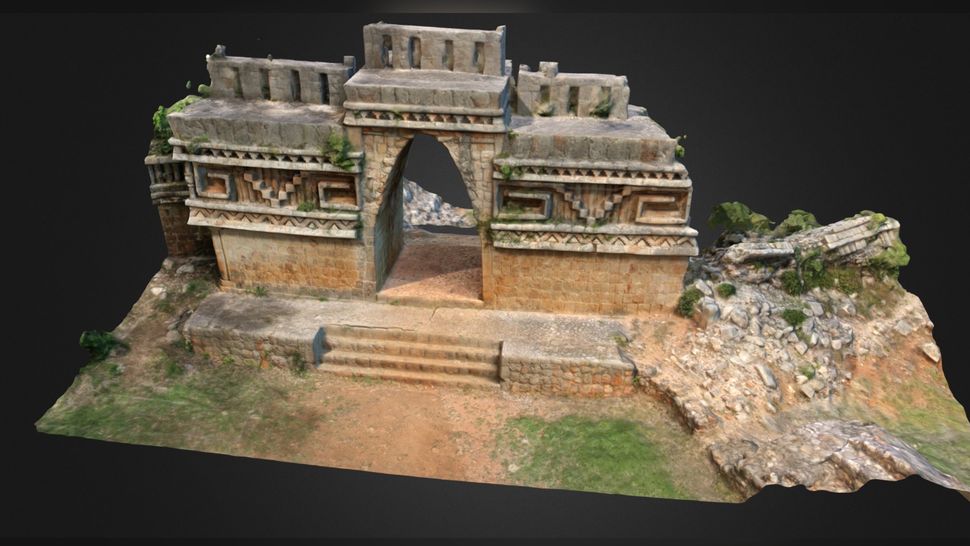Details of stunning Maya acropolises and sophisticated civilization revealed by laser scans [View all]
By Laura Geggel - Editor about 9 hours ago
This is the first evidence of terracing in the Puuc region.

A 3D digital image of Labna, an ancient Maya structure in the Puuc region. (Image credit: Courtesy of the Proyecto Arqueológico Regional de Bolonchén)
By shooting billions of lasers at the ground, scientists have uncovered evidence of a sophisticated civilization left by the ancient
Maya who lived in the northern Yucatán Peninsula in what is now
Mexico, a new study finds.
The laser survey revealed that in a region of the hilly northern Yucatán, known as the Puuc (pronounced "Pook"

, the Maya built remarkable structures, including artificial reservoirs, more than 1,200 ovens, a handful of terraces for farming and nearly 8,000 platforms where houses were built. The ancient Maya also quarried the rock there, the laser scan revealed.
"It seems to have been a very prosperous area because we have all these masonry [stone] houses," study lead researcher William Ringle, a professor emeritus of anthropology at Davidson College in North Carolina, told Live Science. "It seems like people had access to what they needed."
Moreover, the Maya in the Puuc built four large acropolises dating to the Middle Formative period (700 B.C. to 450 B.C.) and civic centers dating to A.D. 600 to 750, during the Late Classic. While these structures were already documented, an analysis of the laser data revealed that these Puuc communities had a distinct city layout that isn't seen in other Maya regions.
More:
https://www.livescience.com/lidar-maya-yucatan.html
